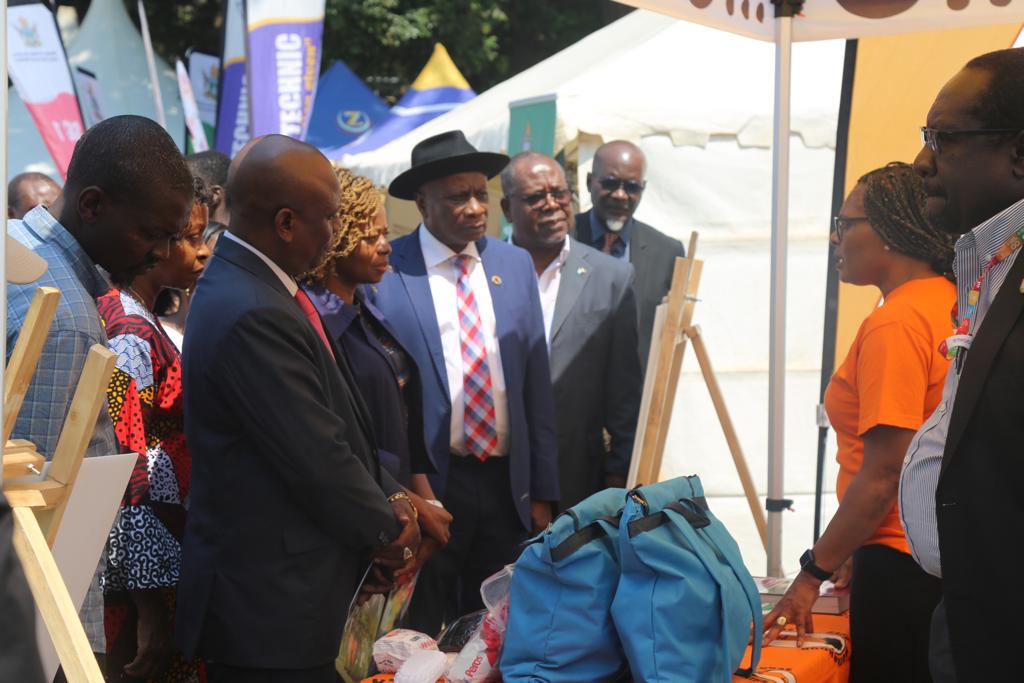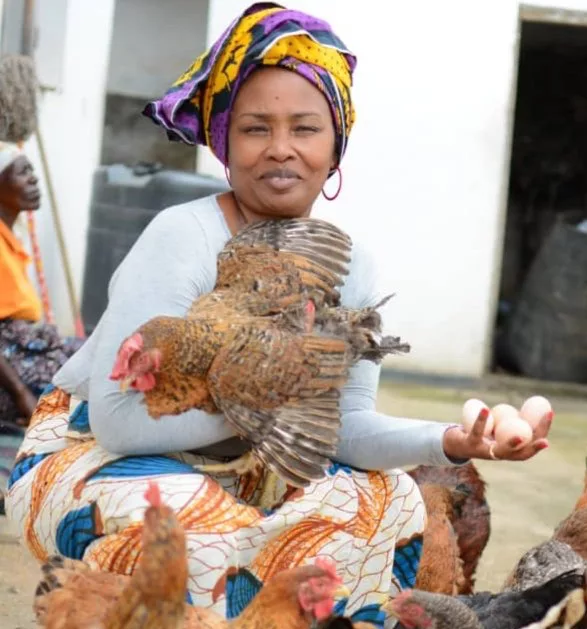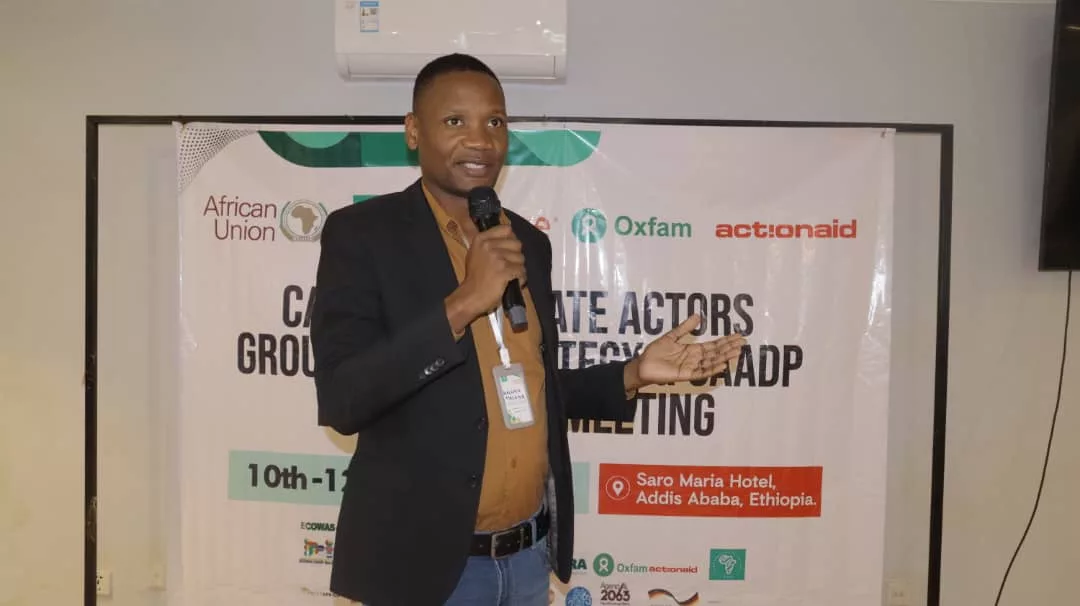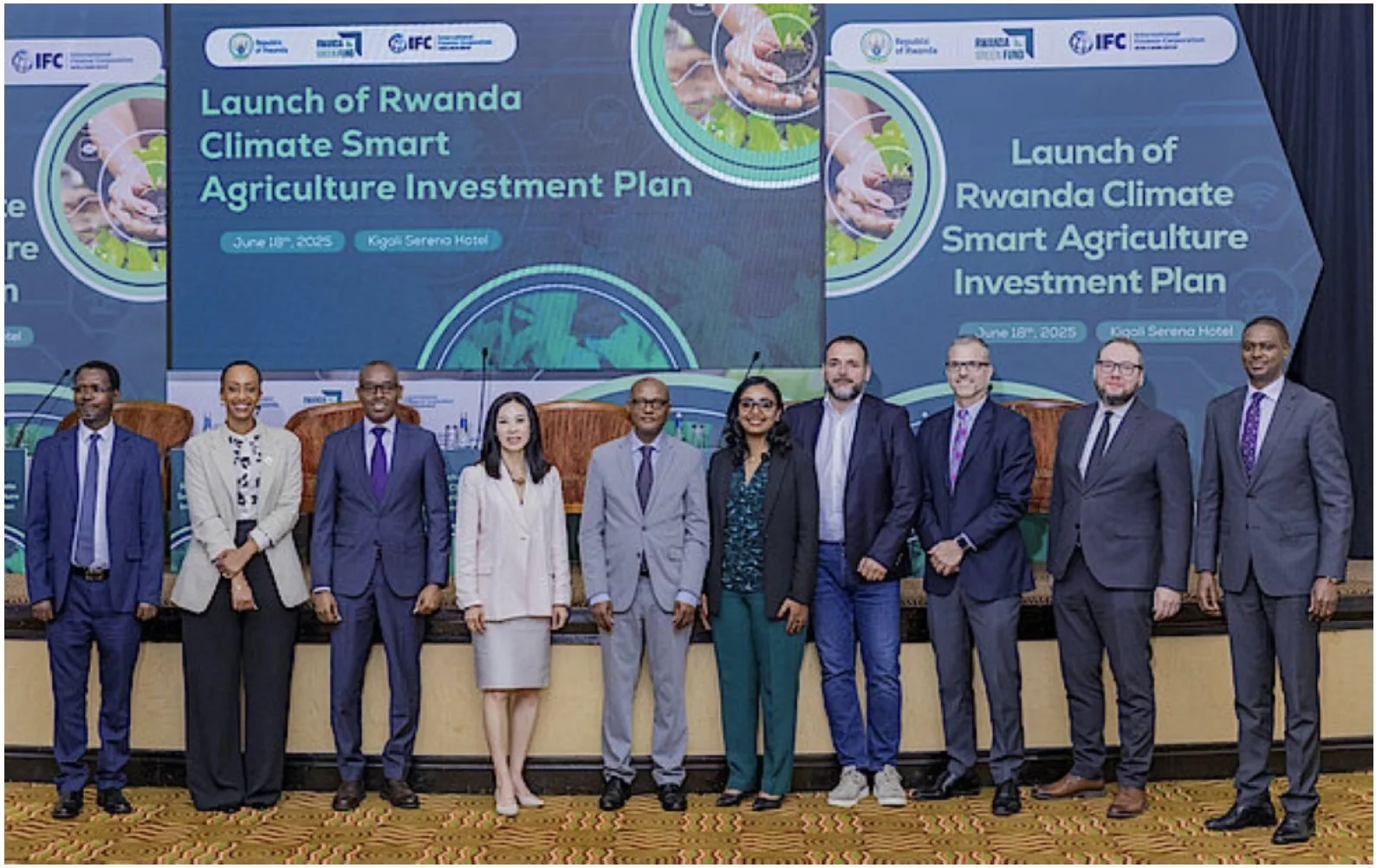|
Getting your Trinity Audio player ready...
|
The Sustainable Development Goals (SDGs) Exhibition affords diverse stakeholders an opportunity to showcase different initiatives being undertaken in implementing the 2030 Agenda for Sustainable Development, a senior government official has said.
These were a part of remarks yesterday by the Secretary for Public Service, Labour, and Social Welfare, Mr. Simon Masanga, who was represented by the ministry’s Chief Director, Mr. Clifford Matorera, at the Sustainable Development Goals Exhibition held at Harare Gardens.
“It is imperative to remind ourselves that Member States of the United Nations adopted the 2030 Agenda for Sustainable Development and its 17 Sustainable Development Goals (SDGs) in September 2015 hence we are now in the middle of implementing the Agenda. As a nation, we are also in the middle of implementing our own National Development Strategy 1 (NDS1).
“The development trajectory that our country has taken is encapsulated in the Vision 2030 of an upper middle-income economy by 2030 as articulated by our President, His Excellency Dr E. D Mnangagwa. Our national development plans are in sync with the dictates of Agenda 2030 which signify collective commitment towards the elimination of poverty, building partnerships, and spurring economic growth, safeguarding the environment for our own good and for future generations as we leave no one behind,” Mr. Masanga said.
He said the gathering came at an apt time when the new legislature had been sworn in and a new cabinet appointed, hence the need for various sectors to advocate for accelerated implementation of the 2030 Agenda, and Agenda 2063 so as to develop the nation.
“Let us make use of the leadership we are blessed with to drive our nation in a sustainable development path. We should all be aware of the impact that the 17 Sustainable Development Goals (SDGs) have on humanity and the planet Earth which is our only habitat and therefore the need to be enthused to come up with transformative actions that will accelerate the implementation of the 2030 Agenda.
“Let us tirelessly remind each other that time is ticking, and almost all countries are not on course to attain the goals of the 2030 Agenda. Humankind has been faced with the triple challenge of climate change, conflict, and Covid-19. As a nation, we still face some startling challenges: the inequality gap is widening; millions are still in need of food and water; in the recent past we have noted that we are not spared from natural disasters such as drought and cyclones that have left many people vulnerable,” he added.
The above-mentioned challenges have adversely impacted progress in attaining the goals of the universal agenda for sustainable development. At a global level, the SDG Progress Report shows that just 12 percent of the Sustainable Development Goal targets are on track. Progress on 50 percent is weak and insufficient. Progress has been stalled or reversed on more than 30 percent of the SDGs. We must act now to rescue the global agenda.
His Excellency Edward Kallon, the UN Resident and Humanitarian Coordinator for Zimbabwe, in his remarks on the launch of the SDGs Exhibition, reiterated the fact that the SDGs Exhibition was aimed to showcase Zimbabwe’s progress in advancing the 17 SDGs that were adopted by Nations and States that are members of the United Nations in 2015.
It also aims to inspire and mobilize more people and organisations to take greater action to make the SDG a reality for all and make sure that no one is left behind.
This exhibition is running concurrently with the SDG Summit which is being held in New York from 18-19 September. The Summit is being held at the midpoint of the 2030 Agenda for Sustainable Development and thus provides a platform for world leaders to interrogate and review the position of the SDGs and come up with strategies to accelerate the implementation of the SDGs.
It is anticipated that the Summit will mobilize all stakeholders for greater action.
“Whilst we celebrate the achievements made so far, we also need to take note of the gaps that remain to be achieved by the year 2030 in ensuring quality and transformative education, health and wellbeing, gender equality and women empowerment, poverty eradication, and economic development, strengthening Government institutions, e-governance, and rule of Law.
“This year, 2023 is the midpoint of the SDGs allowing us to reflect on what has and has not been achieved since 01 January 2016, when the SDGs came into effect. How much have we as individuals, communities, religious and political groups, and private and public sectors, contributed to making sustainable change? Oftentimes the change is a small action that, if others are mobilised, can make a meaningful impact. It’s time for all of us to reflect and see what we can do. As the United Nations, we continue to stand with the Government and the people of Zimbabwe to ensure that Agenda 2030 is a reality for even the most marginalised communities,” HE Kallon said.
He warned that the 2030 Agenda for Sustainable Development is in peril and noted that for the first time in decades, development progress is reversing under the combined impact of interconnected crises: climate disasters, conflict, economic downturn, debt distress, and lingering effects of the COVID-19 pandemic, with developing countries most hardly hit.
“If trends persist, by 2030, a staggering 575 million people will remain trapped in extreme poverty and 84 million children will be out of school. At the midpoint of winning or losing humanity’s most important race, the SDG Summit is a vital opportunity to move from rhetoric to action.
“It has been globally acknowledged that the 3Cs – Conflict, Climate Change and Covid19 severely impacted progress in the 17 SDGs and tremendous effort will be required to put the country and the world back on track. Let us all therefore rally together in the spirit of improving people’s lives to raise them out of poverty, transform their lives, enable gender equality and equity, and most of all partners for the SDGs,” HE Kallon added.






